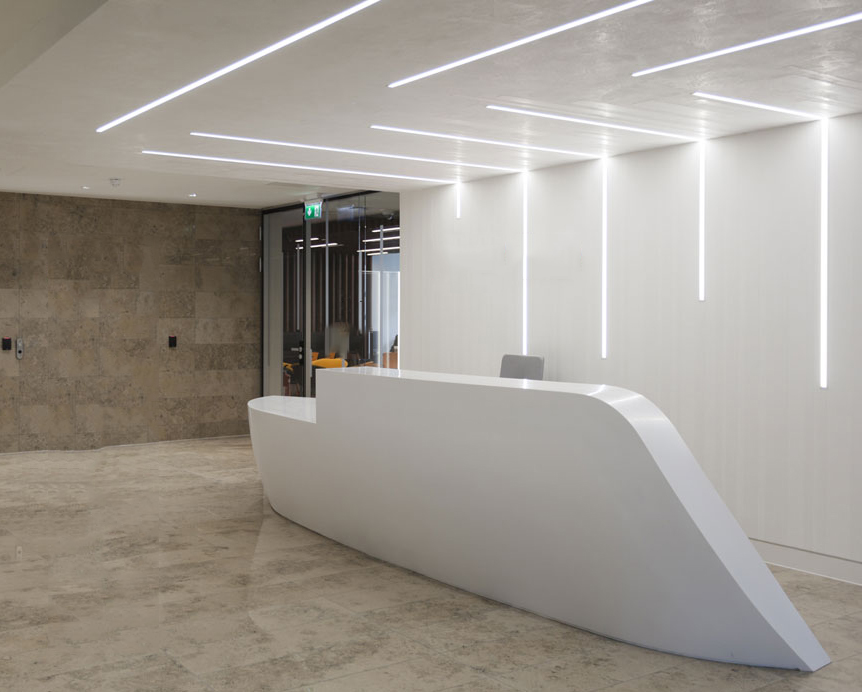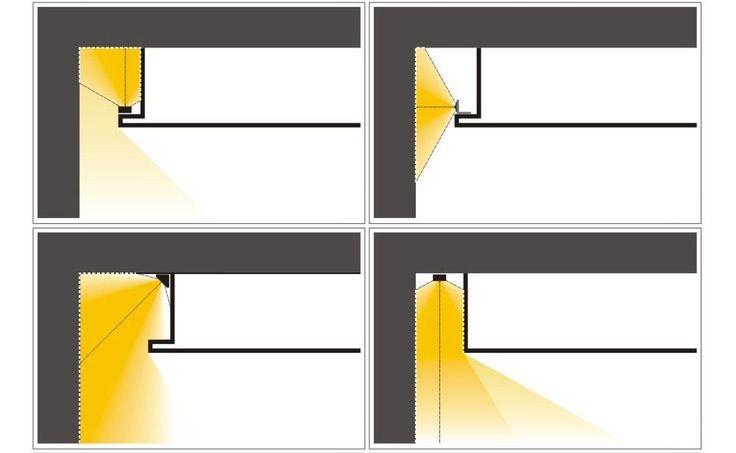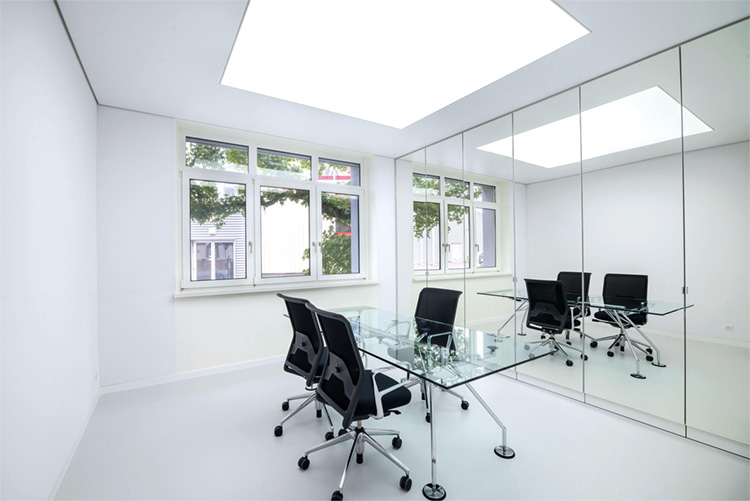LumProtect: Revolutionizing the Future of Lighting with Innovative Lamination Technology for IP67 waterproof LEDs
- By Lumistrips LED Professional
- Dec 7, 2023
LumProtect represents a groundbreaking advancement in LED lighting technology, offering an innovative lamination process that enhances the durability and flexibility of LED modules. This cutting-edge technology applies multiple polymer layers onto electronic assemblies, combining heat and high pressure to create a product that withstands environmental challenges without sacrificing flexibility. Key features include enhanced durability against environmental factors like humidity and UV rays, high transparency with minimal color shifts, and significant mechanical strength. The versatility of LumProtect extends to various applications, from outdoor flexible lighting solutions to aesthetically pleasing LED wallpapers for indoor spaces, demonstrating its adaptability in both residential and commercial settings.
The technology behind LumProtect involves a meticulous lamination process that maintains the flexibility of LED modules while increasing their resistance to physical and environmental stress. With technical specifications focusing on mechanical and optical parameters, LumProtect meets the highest standards of durability and visual quality. This article delves deep into the nuances of LumProtect, exploring its myriad applications, sustainability aspects, and the potential it holds for revolutionizing lighting design. For a comprehensive understanding of how LumProtect is setting new benchmarks in the world of lighting, we invite you to read the full article and discover the future of lighting technology.


























